Towards an efficient society
During last few years, there has been an unprecedented increase in vehicular traffic along Murree Road.

Since its very foundation, Islamabad has attracted people from all over Pakistan, making it one of the most cosmopolitan cities of the country and a centre of economic and service activities. Its population has grown from 100,000 in 1961 to 1.3 million in 2012, making it the ninth largest city in Pakistan.
Murree Road is one of the busiest links between the twin cities due to its short length and direct approach. During the last few years, there has been an unprecedented increase in vehicular traffic along Murree Road, resulting in severe traffic congestion. The greater Islamabad-Rawalpindi Metropolitan Area is the third-largest conurbation in Pakistan, with a population of over 4.5 million inhabitants. The twin cities are growing at a rate of over four per cent per annum. With present growth trends, it is expected that the population would increase to seven million in 20 years’ time. There is no organised urban bus transport service operating in and between the cities of Rawalpindi and Islamabad. The level of service offered by minibuses is far below any acceptable standard.
Based on studies conducted by the Punjab government and the Capital Development Authority (CDA), the two governments (federal and provincial) joined hands to launch a Metrobus project to connect the twin cities and alleviate the traffic congestion on this corridor. It was decided that the project shall be funded on a 50:50 sharing basis by the federal and the provincial governments. As the Punjab government has already completed a similar Metrobus project in Lahore successfully, the prime minister decided that the provincial government will execute this project through the Rawalpindi Development Authority as the single executing agency for both parts of the project. It will work in close coordination with the CDA for the Islamabad part of the project. The Punjab Metrobus Authority (PMA) will control the operation and maintenance of the project after its completion.
The track for the project will be constructed at a cost of Rs44 billion. The 8.6km length of the Metrobus corridor in the Rawalpindi area shall be an elevated structure, whereas about 14km in Islamabad shall be at-grade but made signal-free by constructing grade separations at various intersections. Ten stations in the Rawalpindi part and 14 in the Islamabad part are provided along the corridor. Functional elements at the stations include ticketing booths, concourse level passenger transfer, escalators, platform screen doors, turnstiles for automatic fare collection and other amenities for passenger convenience will be provided.
Published in The Express Tribune, April 2nd, 2014.
Like Opinion & Editorial on Facebook, follow @ETOpEd on Twitter to receive all updates on all our daily pieces.

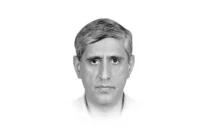

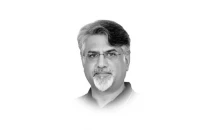




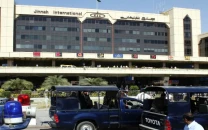
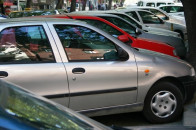

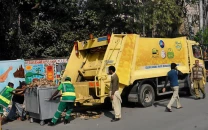




COMMENTS
Comments are moderated and generally will be posted if they are on-topic and not abusive.
For more information, please see our Comments FAQ